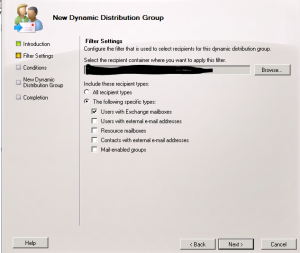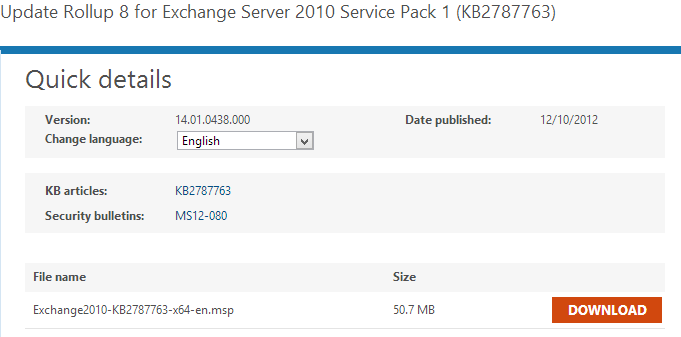When you have Geek users and they have mobile phones (devices) with Windows Phone 8, some of them can have problems with syncing mailbox with device.
During synchronization Windows Phone 8 device with Microsoft Exchange using Microsoft ActiveSync synchronization can fail and user can get following error:
We’re having a problem synching your information. Try again later.
Last tried x seconds ago.
Error code: 80070057
Mailbox is not snchronized to the device.
This error is caused by mailbox folder which conatins an ASCII code that is smaller than 32 for example, a tab, a carriage return line feed (CRLF) break, or a new line.
As a workaround you can use one or both of the following methods:






 English
English  polski
polski